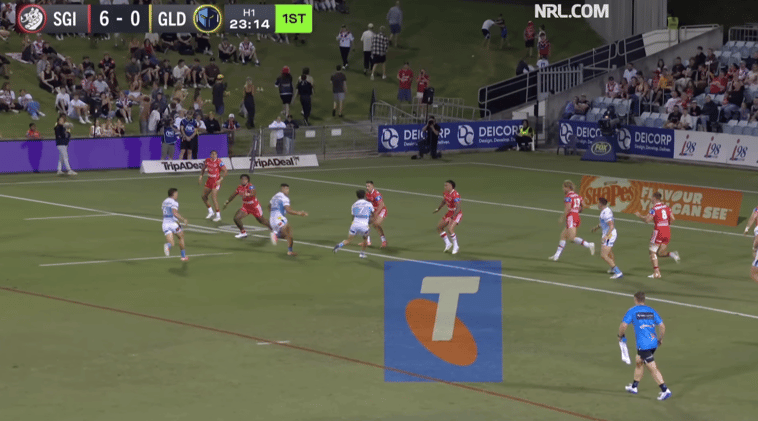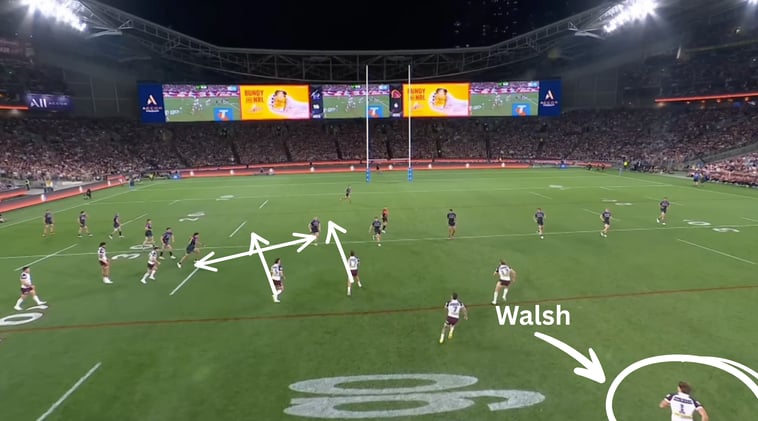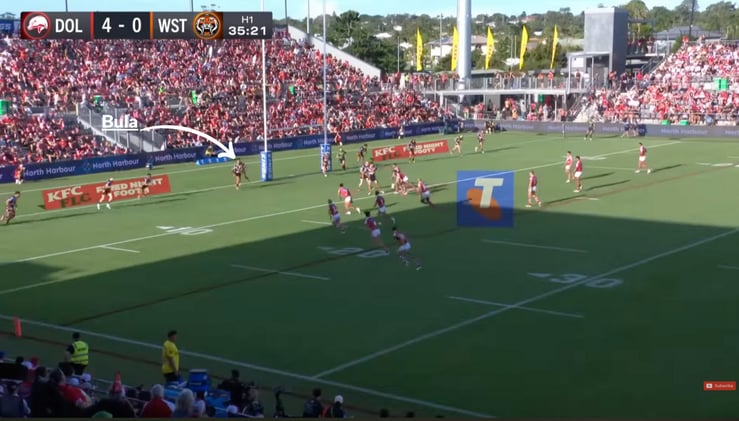Featured Posts
Archive
Newcastle KnightsNewcastle Knights

St George Illawarra DragonsSt George Illawarra Dragons

South Sydney RabbitohsSouth Sydney Rabbitohs

International Rugby LeagueInternational Rugby League

Brisbane BroncosBrisbane Broncos

Melbourne StormMelbourne Storm
+1+1

Penrith PanthersPenrith Panthers
+1+1

Penrith PanthersPenrith Panthers
+1+1

Penrith PanthersPenrith Panthers
+1+1











